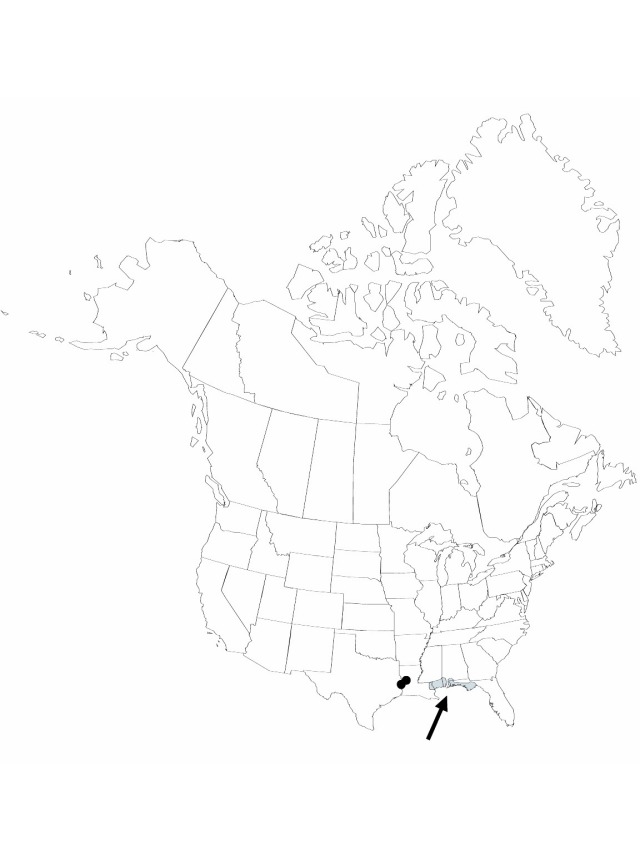Difference between revisions of "Lachnocaulon digynum"
Linnaea 27: 570. 1856.
FNA>Volume Importer |
FNA>Volume Importer |
||
| Line 49: | Line 49: | ||
|publication year=1856 | |publication year=1856 | ||
|special status= | |special status= | ||
| − | |source xml=https://jpend@bitbucket.org/aafc-mbb/fna-data-curation.git/src/ | + | |source xml=https://jpend@bitbucket.org/aafc-mbb/fna-data-curation.git/src/8f726806613d60c220dc4493de13607dd3150896/coarse_grained_fna_xml/V22/V22_325.xml |
|genus=Lachnocaulon | |genus=Lachnocaulon | ||
|species=Lachnocaulon digynum | |species=Lachnocaulon digynum | ||
Revision as of 15:57, 18 September 2019
Herbs, perennial, densely cespitose, forming rosettes, 5–15 cm. Leaves linear or linear-triangular, mostly 0.5–2 cm, apex narrowly acute to acute, rarely blunt. Inflorescences: scape sheaths longer than or at least rising above leaves; scapes linear to filiform, distally 0.3–0.4 mm wide, glabrous; mature heads gray or gray-brown, hemispheric, usually globose by seeding time, 2–3.5 mm wide; receptacle densely pilose; involucral bracts soon reflexed, brown, ovate to triangular, 0.5–1 mm, apex acute, surfaces abaxially pilose; receptacular bracts brown, mostly narrowly obovate-cuneate or spatulate, concave, 1–1.5 mm, apex acute, abaxially pilose distally, hairs translucent, club-shaped. Staminate flowers: sepals 3, deep brown, spatulate, 1 mm, apex obtuse, distally pilose, hairs translucent; androphore pale, claviform, as long as sepals; stamens 2, appendages 2. Pistillate flowers: sepals 2, pale, broadly spatulate to narrowly oblong-obovate, concave, oblique, keeled, 1 mm, apex obtuse, apex ciliate, abaxially pilose distally, hairs translucent; gynoecium 2-carpellate; styles apically dilated, apex 2-cleft, appendages 2, deeply 2-cleft. Seeds brown, ovoid to ellipsoid, 0.5 mm, apex apiculate, longitudinal ribs fine, pale, transverse striae fine, indistinct.
Phenology: Flowering summer–fall.
Habitat: Moist to wet sandy peats of "slick" seeps, bogs, ditchbanks, streambanks and low places in pine savanna
Elevation: 0–100 m
Distribution

Ala., Fla., La., Miss., Tex.
Discussion
Selected References
None.